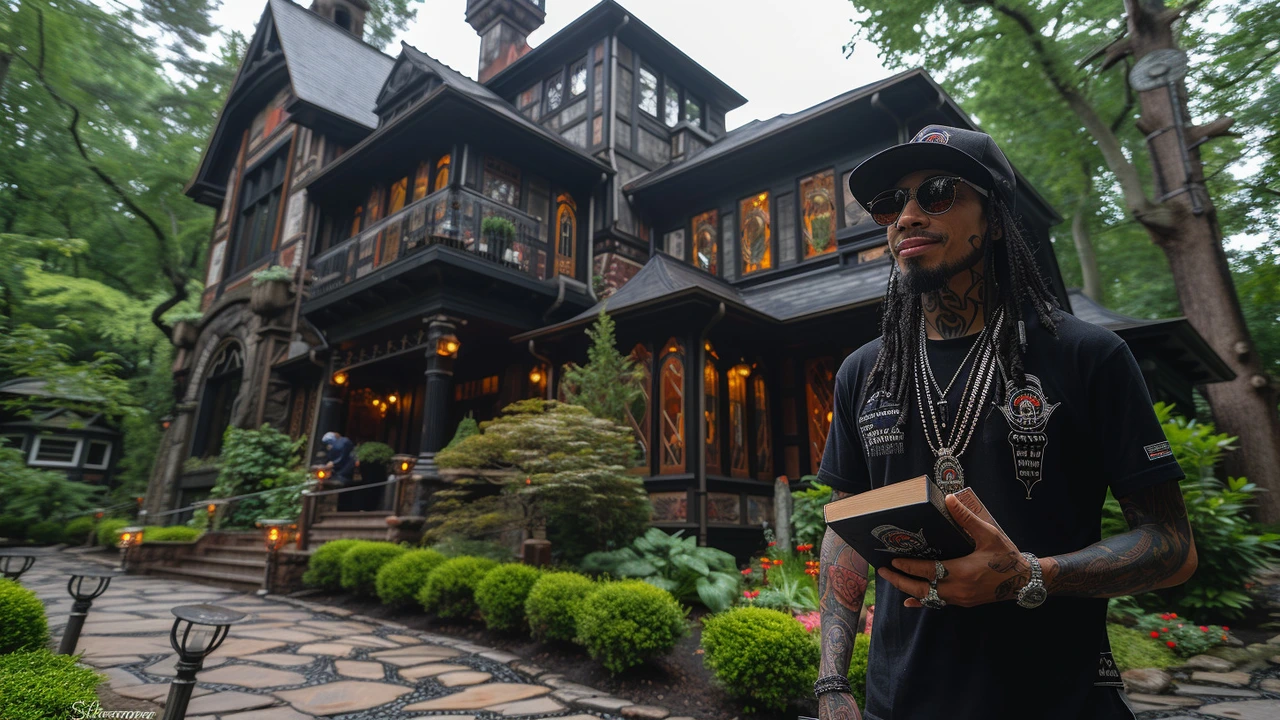Well, strap in folks, we're taking a wild ride back to the time of the Tudors. We're diving headfirst into the world of Tudor architecture, a style as mysterious as Henry VIII's love life. With their half-timbered houses and thatched roofs, the Tudor era was as much about drama as it was about building. It's a style that's as full of twists and turns as a Shakespearean play, where chimneys are taller than the average NBA player. So grab your ruffs and your doublets, it's time to uncover the hidden secrets of this architecture style that's as cool as a cucumber in a bowl of hot sauce.
Mysteries in Architecture: Hidden Stories & How to Spot Them
Some buildings are loud. Others quietly hide stories in plaster, brick, and iron. This tag gathers posts that reveal those secrets—old construction tricks, political messages in façades, lost styles, and design experiments that still puzzle visitors. If you like noticing details and wondering why a column or window looks off, you’re in the right place.
Why buildings keep secrets
Different reasons. Builders reused materials and styles when money ran out, so a colonial porch might hide an older timber frame. Architects sometimes coded ideas into ornament—national pride, power, or protest—so a Beaux‑Arts civic hall can double as a political statement. Engineers invented clever fixes, like Roman concrete or hidden arches, that let structures last longer than anyone expected. Wars, renovations, and changing tastes all layer new meanings over old ones.
Knowing the big picture helps. When you read a headline like “Ancient Roman Architecture Techniques: Secrets, Innovations, and Legacy,” you’re not just getting facts; you’re learning how builders solved real problems. That background makes it easier to spot a clue on a walk down the street.
How to spot an architectural mystery (practical tips)
Start with simple habits you can use anywhere:
- Look up and down: Foundations and rooftops often show changes first. New masonry on an old base is a clue.
- Check materials: Mismatched stone, patched plaster, or unusual concrete can mean reuse or repair.
- Read ornament: Symbols, dates, and coats of arms tell who paid for a building and why.
- Find odd proportions: A window too small for its wall or an off-center door might hide a re-purposed interior or later division into apartments.
- Ask locals or guides: Oral history often fills gaps that records miss. A neighbor’s memory can point you to old functions or owners.
- Use maps and photos: Compare old maps or postcards with today’s building—changes reveal additions, demolitions, and shifts in use.
When visiting, take photos but don’t touch fragile details. If a site has guided tours or a local archive, plan a visit. Preservation groups often publish short guides that name tricky features and explain why they matter.
Want specific reading? We collect pieces that uncover these mysteries: articles on Colonial Architecture, Ancient Roman techniques, Beaux‑Arts influence on city planning, Constructivist radical ideas, and modern movements like Neo‑Futurism and High‑Tech. Pick a topic that hooks you, then follow the clues from ornament to archive.
This tag is practical. Use it to train your eye, plan discoveries, or prep for a renovation or research project. Every building has a story. Start looking for the parts that don’t shout—the hidden joints, reused stones, and odd details that make architecture feel alive and a little mysterious.

